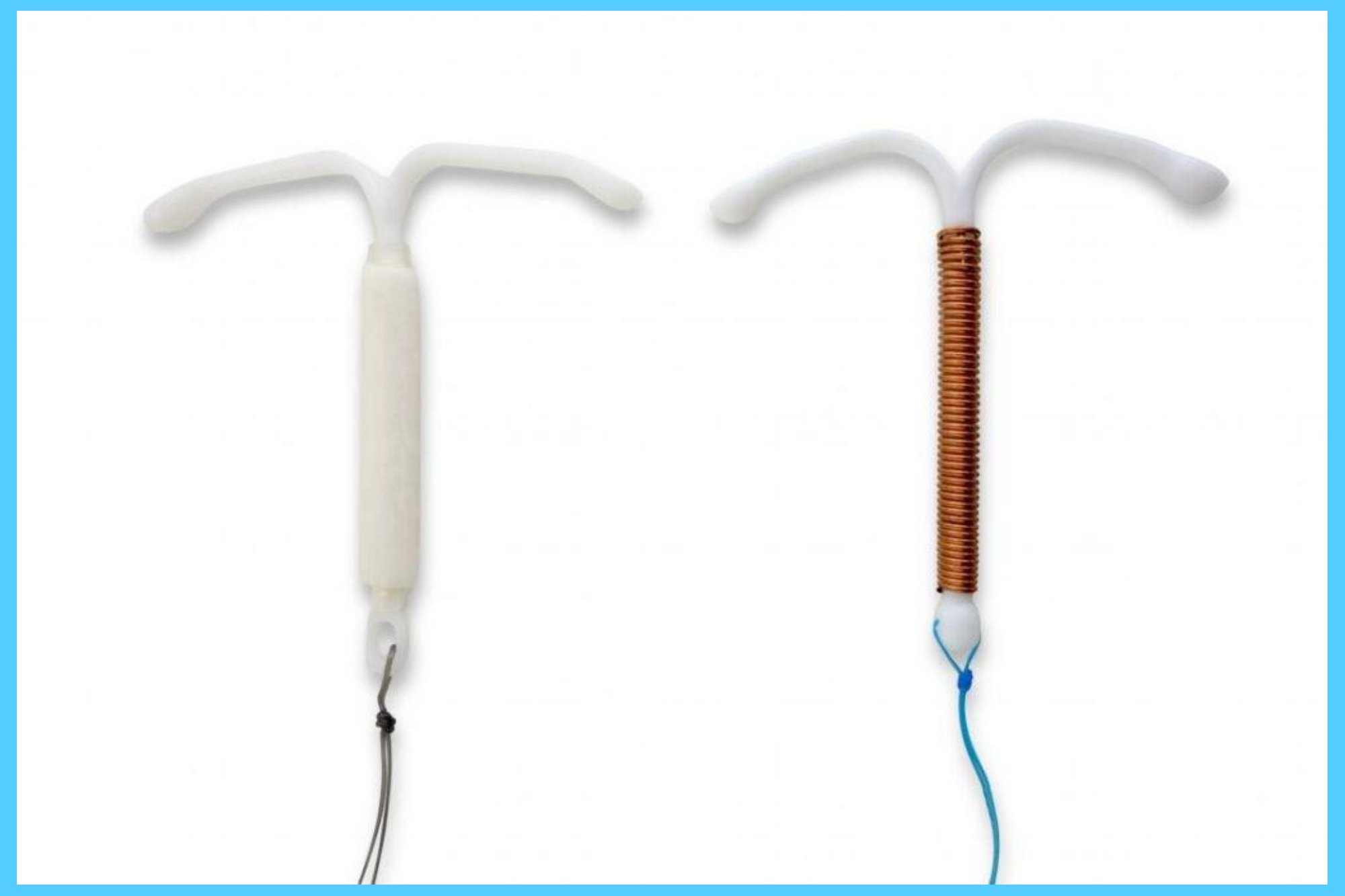If you’re someone who has ever considered using an IUD for birth control, you’ve probably heard of Paragard.
It’s a small, T-shaped device made of plastic and copper, and unlike hormonal IUDs, it doesn’t release any synthetic hormones into the body. That’s one of the main reasons many women choose it. It can provide protection for up to 10 years and has been marketed as a reliable, low-maintenance option.
However, not everything has gone smoothly for all Paragard users.
Over time, a growing number of women have reported unexpected complications. These reports have led to increasing concerns and even legal action. That’s why the term Paragard IUD lawsuit has been appearing more often in the news and online forums.
Many of these lawsuits claim that the device broke inside the body, causing painful and sometimes long-term health problems. The Paragard IUD lawsuit attorneys at Dolman Law Group have been helping such victims with the legal side of things.
Let’s take a closer look at some of the complications that have allegedly been linked to the Paragard IUD.
Table of Contents
Device Breakage During Removal
One of the most common issues reported is the IUD breaking when a doctor tries to remove it. Since Paragard is designed to be flexible and durable, this shouldn’t happen under normal circumstances. But in several cases, one or both of the arms of the device snapped off during removal. When this happens, the broken pieces can remain inside the uterus, which may require surgery to remove. For many women, this unexpected complication has led to stress, pain, and additional medical procedures.
Perforation of the Uterus
Perforation is a serious condition where the IUD pokes through the wall of the uterus. Though this risk is known with any IUD, there have been allegations that Paragard may have a higher chance of causing this issue. A perforated uterus can lead to severe abdominal pain and internal bleeding. In some cases, it may even damage nearby organs. Emergency surgery is often needed to repair the damage.
Inflammation and Infection
The copper in the Paragard IUD is what helps prevent pregnancy. But for some users, it may also trigger an immune response. This can lead to inflammation in the uterus or pelvic area. If bacteria are introduced during insertion or after a breakage, infection can follow. Symptoms might include fever, unusual discharge, or severe cramps. Left untreated, infections like these can become dangerous.
Expulsion or Movement of the Device
Sometimes, the Paragard IUD moves out of place or gets pushed out of the uterus entirely. This is called expulsion. When this happens, the device can no longer prevent pregnancy effectively. If it shifts but stays inside, it might lodge into the uterine wall, causing pain or bleeding. Some women may not even realize the IUD has moved until they experience symptoms or become pregnant.
Long-Term Complications
In certain cases, women have reported long-term effects even after the device was removed. Chronic pelvic pain, scarring, and fertility problems have all been mentioned in lawsuits and patient stories. While not everyone experiences these problems, the reports have been enough to raise concern among patients and healthcare providers alike.
Final Thoughts
While many women have used Paragard without major problems, it’s clear that complications can and do happen. If you’re considering this type of birth control or currently using it, it’s important to be informed. Always discuss potential risks with your healthcare provider and speak up if you notice anything unusual.
And if you’ve already experienced issues, it may be worth exploring your legal rights or joining others who are filing a Paragard IUD lawsuit to seek answers and accountability.
Please explore our site for more exciting content if you like this article..





